Ammonia faces major cost and safety hurdles as a shipping fuel compared to others, such as liquefied natural gas (LNG), methanol, and biofuels. Jeslyn Lerh underlines ammonia’s appeal is that it is carbon free, and would be a zero-emission fuel if made from hydrogen produced with renewable electricity.
Globally, only 25 ammonia dual-fuel ships have been ordered as of 2024, trailing a fleet of at least 722 LNG-fuelled ships and 62 methanol-fuelled ships as of the same year which includes orders and ships that are already in operation.
Furthermore, refuelling ships, or bunkering, poses particular challenges with ammonia, which can cause acute poisoning and damage to the skin, eyes, and respiratory tract.
A study by the Global Centre for Maritime Decarbonisation (GCMD) identified 400 risks associated with ammonia bunkering, which it says can be mitigated with measures such as emergency-release couplings to shut systems when a leak is detected.
Powering ships with ammonia can cost two to four times more than with conventional fuels, industry figures show, due to limited supply for the marine sector and an energy density about two-and-a-half times lower than traditional fuel.
Tags: Ammonia, GCMD, Zero Carbon



Recent Posts
Greenlyte and MB Energy sign strategic e-methanol offtake agreement
CSDC and TECHNOLOG forge alliance to drive green, smart shipbuilding
DPA Kandla invites bids for India’s first port-based bio-methanol plant
Green & Digital Maritime Corridors Dialogue’ at JNPA sets stage for India Maritime Week 2025
Thermax partners with HydrogenPro for alkaline electrolyser systems in India
PIL Conducts First Simultaneous Cargo and LNG Bunkering in Singapore
NYK Takes Delivery of LNG-Fuelled Capesize Bulker SG Dawn
Swire Shipping joins Achilles Maritime Network to strengthen supply chain sustainability and compliance